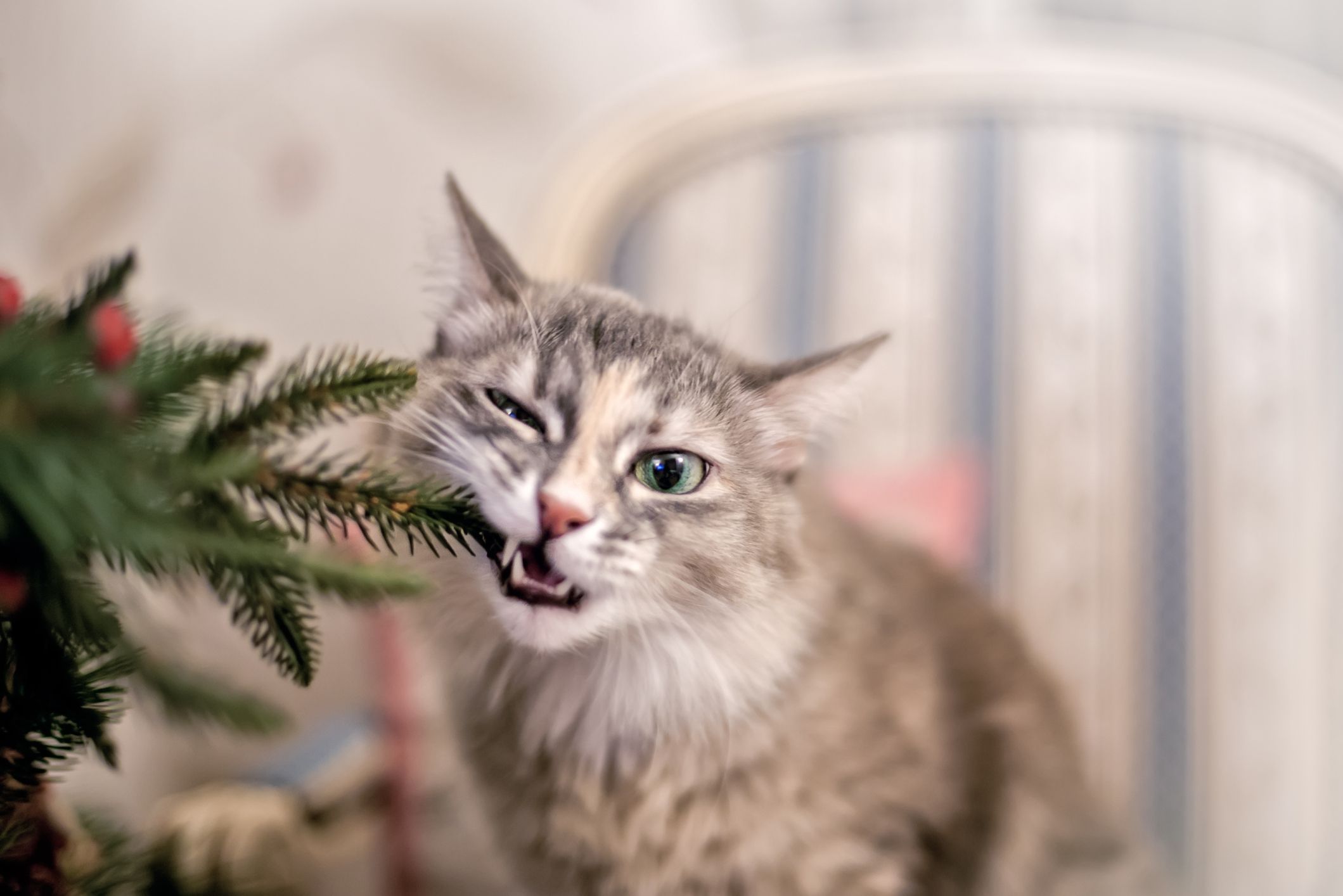Which Holiday Plants Are Toxic and Which Aren’t by Hopkins County Master Gardeners’ Phillys Kitten

[adning id=”33097″]

Some popular holiday plants can be poisonous or toxic, especially to children and pets. Here’s a look at some of the most common holiday plants along with some reassurance about plants many people think are poisonous that really aren’t that dangerous.
[adning id=”33207″]
Poinsettia – Not That Bad
The beautiful poinsettia is not particularly dangerous. If you eat a few leaves, you may feel ill or may vomit. Rubbing the sap from the plant into your skin can give you an itchy rash. Beyond that, this plant is unlikely to cause a problem for either humans or pets.
Holly – Poisonous
A child can eat 1-2 holly berries (Ilex sp.) without harm, but around 20 berries can cause death, so eating holly berries is a serious concern for children and pets. Though the berries are the part that is most commonly eaten, the woody bark, leaves, and seeds are toxic, as well. What is the poison? Interestingly enough, it is theobromine, an alkaloid that is related to caffeine. People metabolize the stimulant readily, but it poses a problem for most pets. Theobromine is found in chocolate (and is toxic to dogs even at the lower concentration), but there is much more of the compound in holly berries.
Mistletoe – Poisonous
Mistletoe is a name given to one of several plants, all potentially dangerous for kids and pets. Phoradendron species contain a toxin called phoratoxin, which can cause blurred vision, nausea, abdominal pain, diarrhea, blood pressure changes, and even death. The Viscum species of mistletoe contain a slightly different cocktail of chemicals, including the poisonous alkaloid tyramine, which produce similar symptoms. All parts of the mistletoe plant are poisonous, though it is the berries that may be most attractive to kids. Eating 1-2 berries probably will not cause a problem for a child, but a small pet could be endangered by eating a few leaves or berries. If your child or pet eats mistletoe, it’s a good idea to seek medical advice.
Christmas Cactus – Not Toxic
The Christmas cactus (Schlumbergera sp.) is an easy-to-care-for cactus that blooms around the holidays. Neither this cactus nor members of the species that bloom around Easter are toxic to humans, dogs, or cats. However, the cactus is very fibrous, and ingesting it especially by a kitten or cat can irritate the digestive tract, leading to vomiting and diarrhea.
Jerusalem Cherry – Poisonous
The Jerusalem cherry (Solanum pseudocapsicum) is a species of nightshade that bears poisonous fruit. The primary poison is the alkaloid solanocapsine, which can cause gastric upset and vomiting in people, but generally is not life-threatening. However, the fruits are extremely toxic to dogs and cats and some birds. The fruit resembles a cherry tomato, both in appearance and flavor, so kids and pets may eat enough to cause illness, or in the case of pets, even death. In contrast, other common plants from the nightshade family (e.g., tomatoes, potatoes) only contain a small amount of solanine and are nutritious.
Amaryllis and Daffodils – Poisonous
An amaryllis bulb is a common holiday gift. Amaryllis, daffodil, and narcissus bulbs may be forced indoors to produce showy holiday flowers. Eating the bulbs (and leaves, though they are less toxic) can cause abdominal pain, cardiac arrhythmias, and convulsions. The plants are more likely to be eaten by pets than children, but the alkaloid poison lycorine is considered toxic to humans, too.
[adning id=”33207″]
Cyclamen – Poisonous for Pets
Cyclamen (Primulaceae) is a flowering plant commonly seen around the winter holidays. Cyclamen tubers contain triterpinoidsaponins, which can cause nausea, vomiting, convulsions, and paralysis. This plant is more of a concern for pets than humans.
Holiday plants are beautiful and interesting. Children and pets are likely to be curious about them. Even if the plant itself is safe, decorations such as ribbons or small balls are best kept away from tiny hands and paws. It’s best to place these plants with decorations out of reach. If a child or pet does ingest a potentially dangerous plant, contact poison control or a veterinarian for advice.
[adning id=”33207″]











